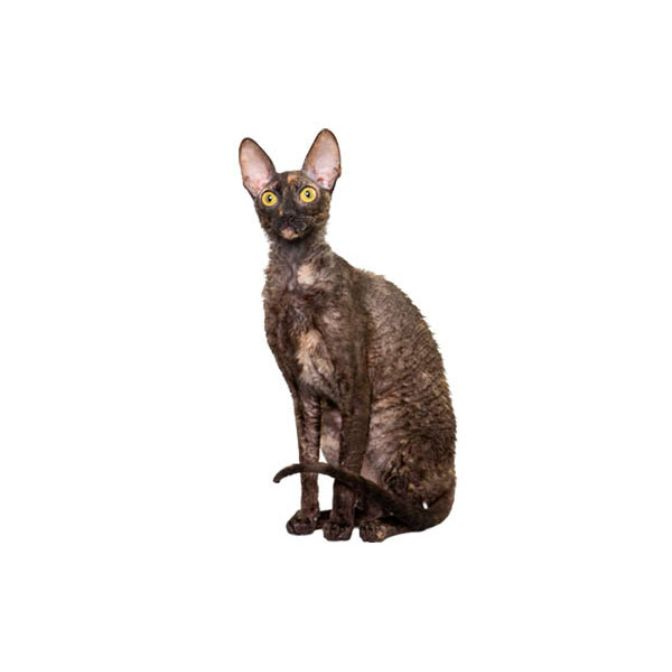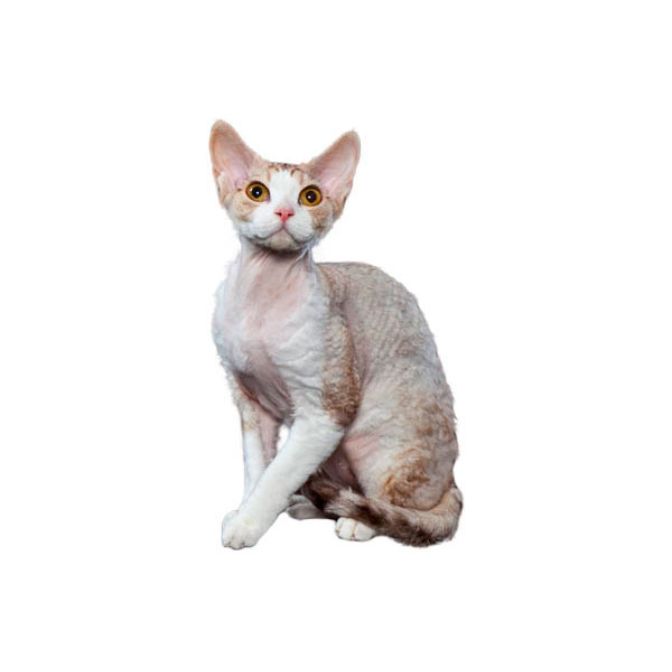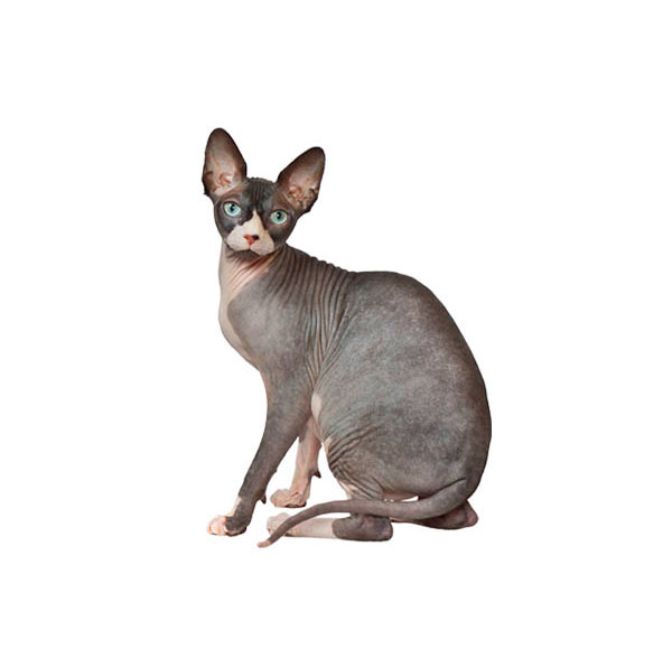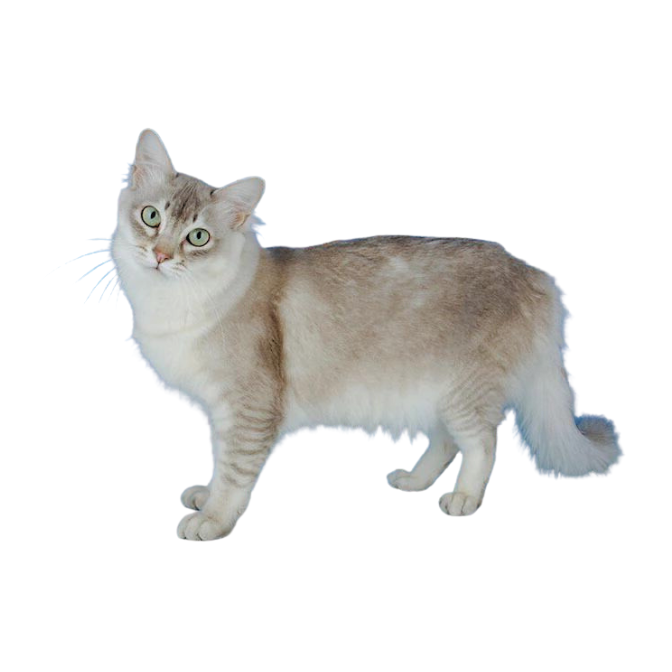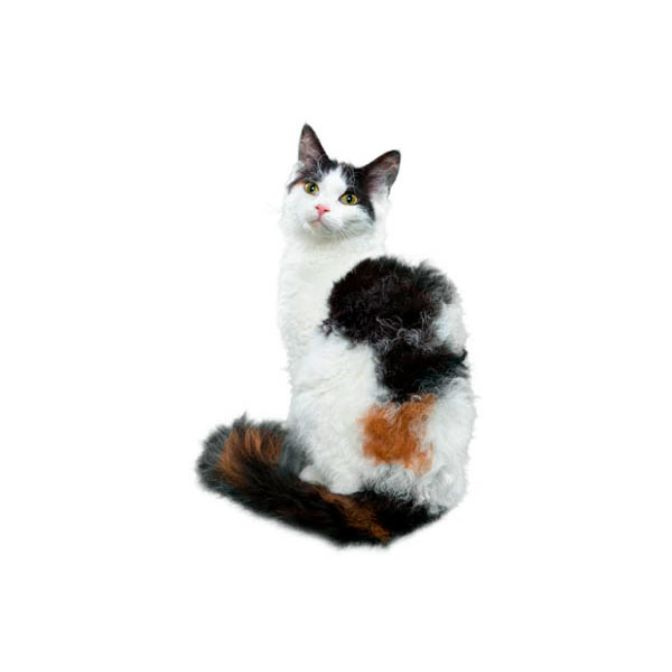Cornish Rex
The Cornish Rex is a sleek, playful breed with a soft, wavy coat and affectionate nature. Originating in 1950s Cornwall, England, it was soon introduced to Australia and gained popularity among cat lovers. Ideal for active homes, this energetic feline thrives on interaction. Its unique coat feels luxurious and needs little grooming, making it low-maintenance. With a friendly personality, the Cornish Rex is a lively, loving companion.
Small To Medium
Short
High
3 to 6 kg
White, black, blue, red, cream, chocolate, lavender, silver, smoke and tabby, plus various patterns and shadings
Cornish Rex cats are affectionate, intelligent, and full of energy. They love human interaction and often follow their owners around the house. A Cornish Rex kitten is especially playful and thrives in environments where it receives plenty of attention and stimulation. They are known for their dog-like behaviour, including fetching and greeting their owners at the door.
The Cornish Rex has a slender, athletic build with long legs, a narrow head, and large ears. Its most distinctive feature is its soft, curly coat, which lacks guard hairs and feels like crushed velvet. Their expressive eyes and elegant posture give them a regal appearance.
With proper care, a Cornish Rex cat can live between 12 to 16 years, making them a long-lived breed. They are generally healthy and benefit from regular veterinary check-ups, a balanced diet, and a stimulating environment. Ensuring proper nutrition and mental engagement helps maintain their overall well-being. This breed's resilience and adaptability contribute to its longevity, making the Cornish Rex an excellent choice for families and individuals seeking a loving feline companion.
Cornish Rex kittens come in a wide variety of stunning colors and patterns, including solid, tabby, bi-color, and pointed. Their coat color and pattern are often enhanced by the unique texture of their soft fur, which feels luxurious to the touch. This breed's playful and curious nature makes them highly sought after among cat lovers. The vibrant patterns and colors contribute to their charming appearance, making each kitten unique and appealing.
Cornish Rex cats are minimal shedders due to their fine, short coat. They are considered a good option for allergy-sensitive households, although no cat is truly hypoallergenic. Weekly grooming is usually sufficient.
The Cornish Rex is generally healthy but may be prone to conditions such as hypertrophic cardiomyopathy (HCM), patellar luxation, and dental issues. Responsible breeding and regular health checks help ensure a long, healthy life.
A Cornish Rex kitten needs a high-protein, nutrient-rich diet to support its active lifestyle. Adults benefit from a balanced diet that maintains their lean physique. Portion control is important to avoid overfeeding.
The Cornish Rex breed began with a genetic mutation in a litter of barn cats in Cornwall. The kitten with the curly coat was bred to preserve the trait, leading to the development of the breed. It was later introduced to Australia, where it is now a recognised and admired breed.
- Cornish Rex cats are known for their acrobatic agility.
- They are highly social and dislike being left alone.
- Cornish Rex kittens are curious and love to explore.
- Their coat feels warm to the touch due to its fine texture.
